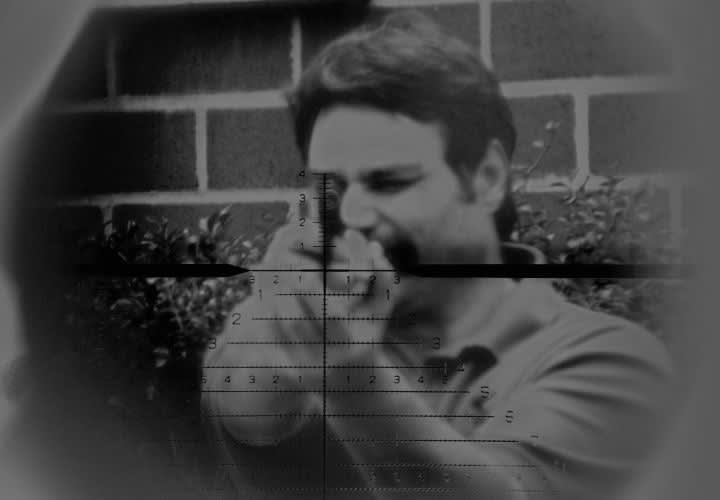So that leads us to this analysis.
On a perfect day, under perfect conditions, a single shot from a high-powered rifle can surgically remove and neutralize a weapon held in the hand of a suicidal subject. There will be no injuries to the subject or bystanders caused by errant rounds and sympathetic discharges. It can be done, but no matter how good a shot you are, you have no real control over what will happen when you fire a .308 into a loaded gun.
If you or your agency are giving any thought to using tactical disarmament as an operational option, you need to recognize that it’s a major gamble and that the results may be disastrous. This is not an easy shot, even when the weapon is immobilized in a clamp. During an actual incident, the targeted weapon is probably going to be in motion and partially obscured by the hand of the person wielding it.
So the weapon is already a small target and it’s probably moving. That’s a hard shot, but you’re probably thinking that a really good sniper can do it. Maybe. But let’s add another variable. You can’t just put your round anywhere into the frame of the gun. To disable the weapon, you have to hit it in a vital spot. And of course, failure to disable the weapon with one shot can lead to tragic outcomes.
Let’s say you do make this incredible shot. You hit the gun exactly in the precise spot to disarm the subject. Here’s what you have done. You have shot a frangible, high-speed, lead projectile at a steel object. As the weapon is struck, there is going to be a significant fragmentation shower. Displaced metal will fly away from the point of impact at all angles, and at speeds in excess of 1,000 feet per second. These fragments will vary in size, but many will be large enough, and traveling fast enough, to lacerate, maim, blind, or kill. There will be no way of predicting or controlling the extent, speed, or direction of the fragmentation.












